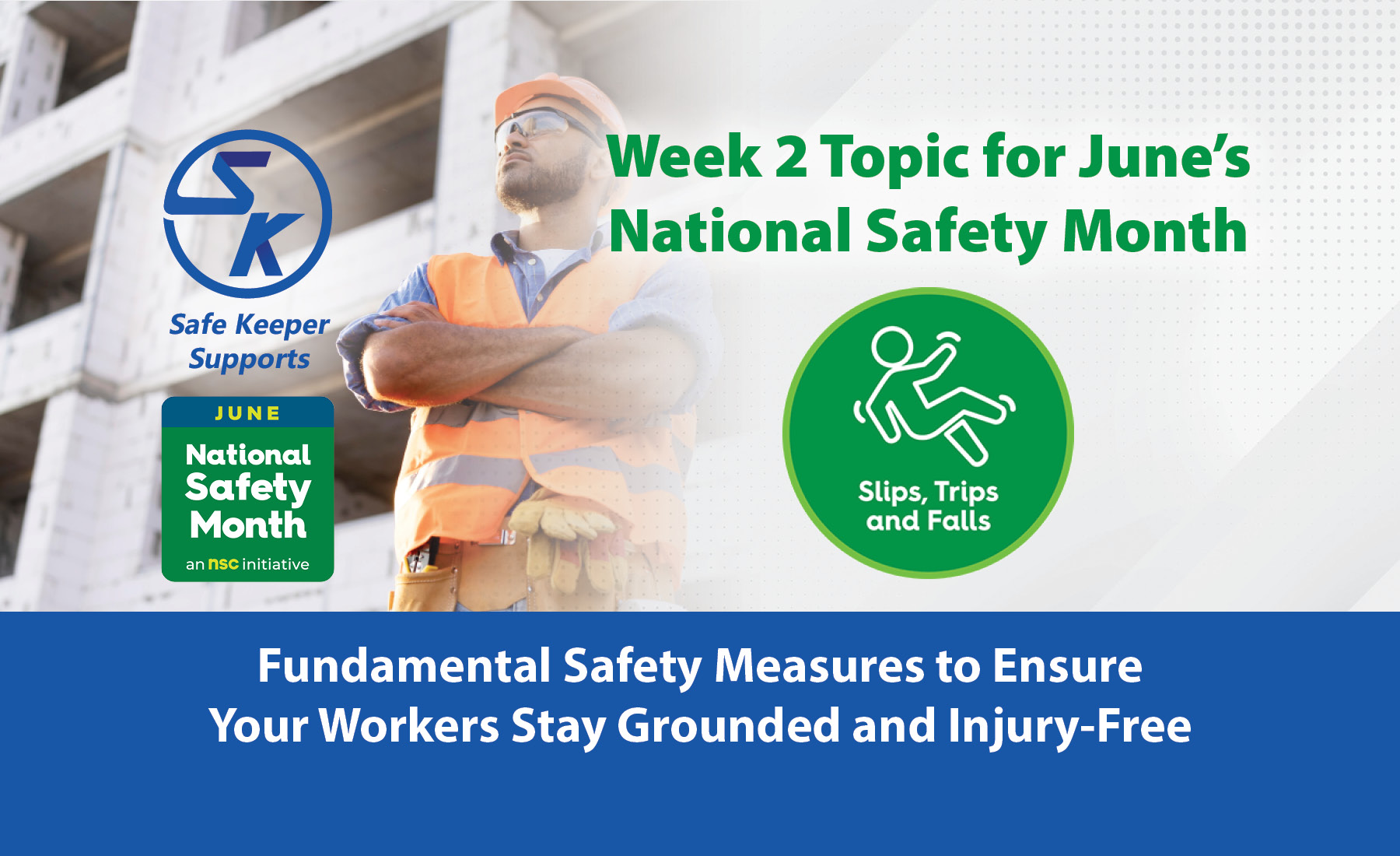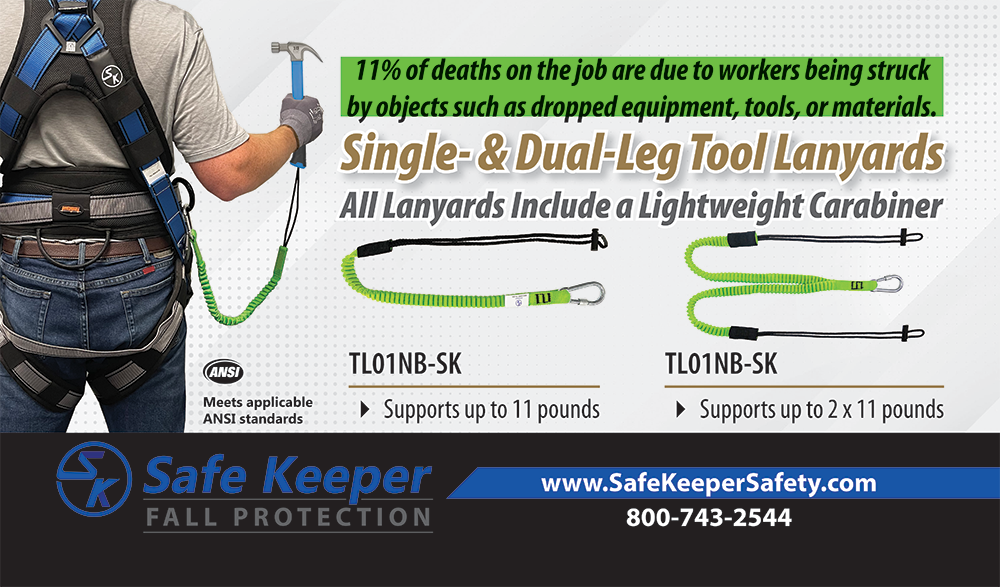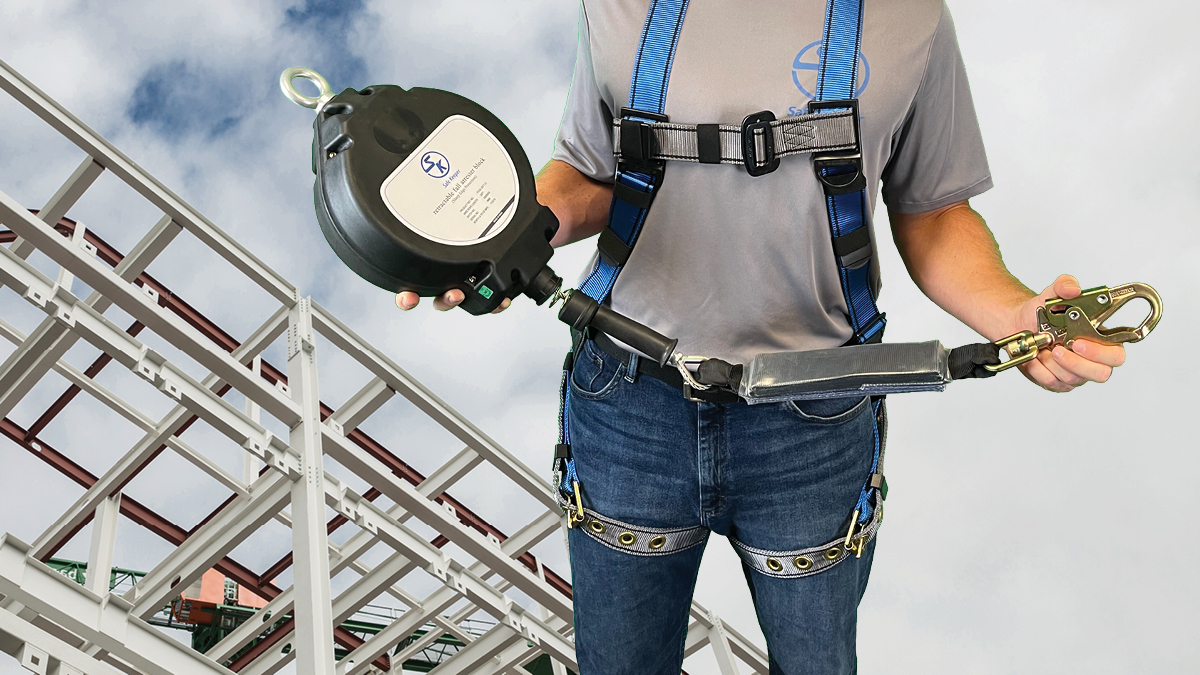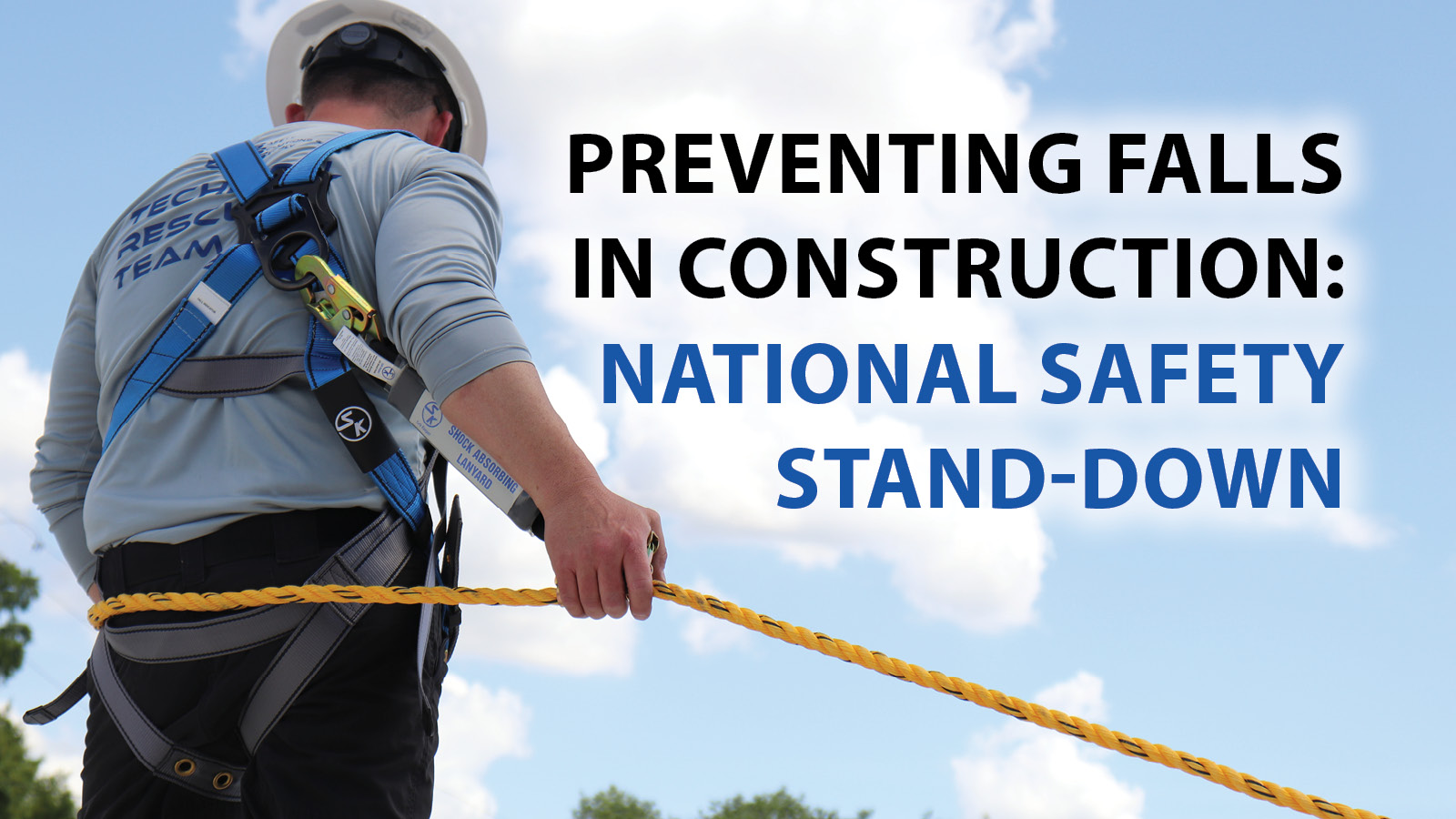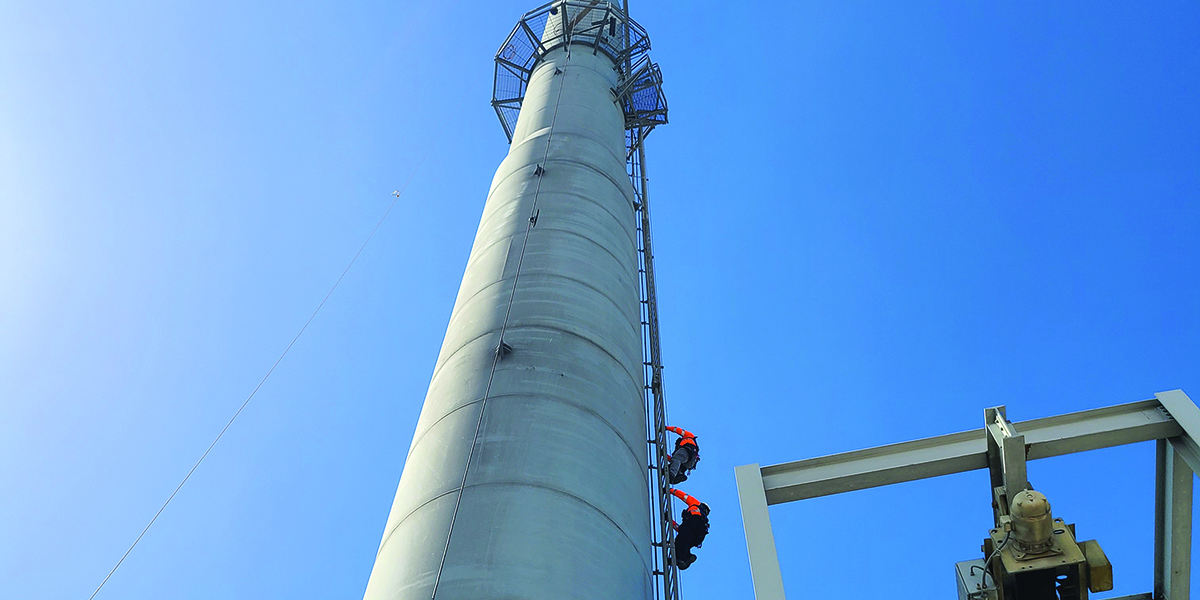Fundamental Safety Measures to Ensure Your Workers Stay Grounded and Injury-Free
Falls are the leading cause of work-related injuries and fatalities in various industries, making it essential for employers to take necessary steps to prevent them. In fact, in the United States alone, there were 791 fatal falls in 2019, accounting for 14% of workplace fatalities. Additionally, 244,000 non-fatal falls resulted in employees taking time off due to injuries. As we focus on preventing Slips, Trips, and Falls during National Safety Month week two, we have compiled a list of necessary steps that employers can take to reduce these risks and ensure the safety of their workers.
1. Conduct a hazard assessment: Conducting a comprehensive hazard assessment to prevent slips, trips, and falls involves carefully inspecting all work areas for potential hazards, such as slippery floors or uneven pathways, and evaluating the risks associated with working near machinery. Employers can take various measures to reinforce employee safety, such as installing guardrails and safety nets near the equipment and providing workers with fall harnesses to protect them in case of an unexpected fall. However, preventing accidents requires a collaborative effort, and employers must take necessary precautions to safeguard their workers.
2. Implement safety measures: Employers are responsible for prioritizing their employees’ safety by taking preventative measures, identifying potential hazards in the workplace, and complying with OSHA regulations. OSHA’s 1926.501 duty to have fall protection requires employers to provide fall protection for workers who could fall six feet or more. To comply with this regulation, employers must provide guardrails, safety nets, and fall protection equipment like full-body safety harnesses and lanyards. Additionally, using guardrails, handrails, and toeboards specified in OSHA’s walking-working surfaces regulations (1910.22) and keeping a clean and dry environment are proactive steps to take.
3. Train employees: Employers must train workers in fall protection to prevent slips, trips, and falls and teach them how to correctly use and maintain personal protective equipment (PPE). Employees should also be able to identify potential fall hazards and safely navigate elevated surfaces. High-risk industries should conduct regular safety drills and emergency procedure training. Failure to comply with fall protection protocols can lead to severe injuries, hefty fines, and legal action against the employer.
4. Regularly inspect the workplace: Prioritizing regular workplace inspections is essential to addressing fall prevention risks that may develop over time. These inspections identify potential hazards such as loose flooring, cluttered walkways, or uneven surfaces that increase the likelihood of falls. Employers must inspect all areas, including stairs, ladders, and elevated workstations, to ensure they are free of hazards. Hazards can appear anytime, especially since work sites undergo daily changes.
5. Encourage reporting: It is essential to prioritize the safety of employees in the workplace by taking measures to prevent falls. To achieve this, employees must report any potential hazards to their employers so that risks can be identified and addressed. Employers should establish effective communication channels, including anonymous reporting systems or designated safety officers, to make reporting hazards easier. It is also necessary to provide adequate training to employees to identify and report potential risks effectively. By promoting open communication and reporting, employers can cultivate a safe workplace culture, preventing accidents and injuries caused by falls.
Conclusion: Employers must proactively ensure a safe and productive environment to prevent workplace slips, trips, and falls. Prevention can be achieved through conducting hazard assessments, implementing safety measures, training employees, regularly inspecting the workplace, and encouraging reporting. With National Safety Month in full swing, now is an excellent time for employers to review their safety protocols and prioritize their workers’ safety to prevent falls
At Safe Keeper, we prioritize safety above all else. Our mission is to make workplaces safer by producing and supplying top-notch fall protection products that are cost-effective and reliable. Our range of high-quality fall protection equipment is designed to save lives and create a safer work environment. Check out our products to see how we can help protect you and your workforce.
